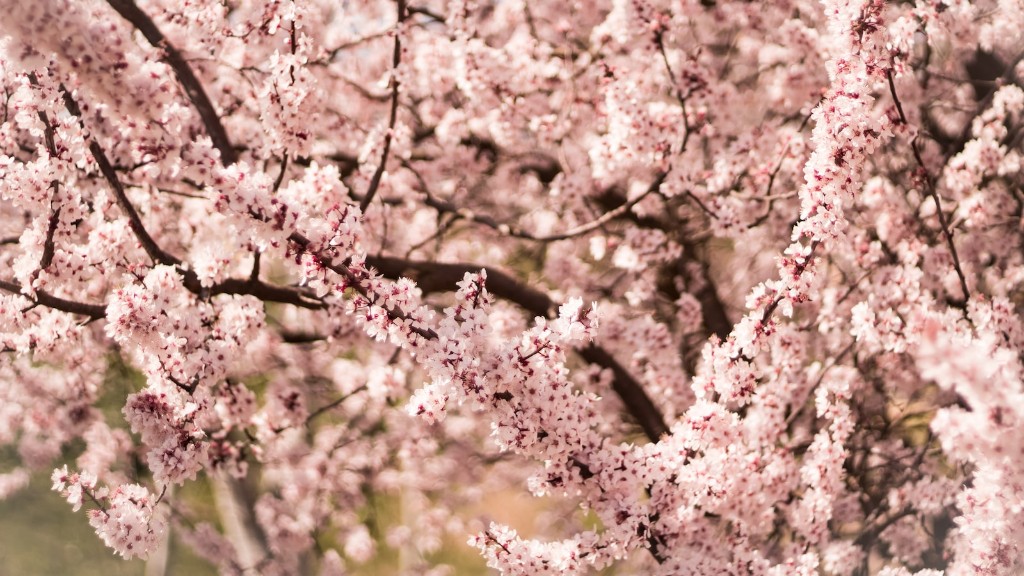Dwarf Meyer lemon trees are a fruitful addition to any garden and require steady maintenance to reach their full potential. Though not overly complicated, the process involved in properly caring for your tree is still an important one; proper watering is arguably the most important factor. To ensure healthy growth and the best possible fruit production, it’s essential to know exactly how often you should be watering your lemon tree.
When To Water Your Tree
Frequent attention must be given to the soil; it should remain consistently moist but not soaked. In the summer months, watering your dwarf tree every other day is usually a good rule of thumb. However, if the weather is very hot and dry it is advisable to water more often, or possibly to set up an automated sprinkler system. Keep an eye out for leaf discoloration or wilting, signs that your tree needs more frequent waterings.
Watering Technique
Water your tree slowly and evenly and make sure that it penetrates the deepest roots. You should also take into account the type and condition of your soil, as well as the size and age of your tree. For example, if your soil is clay-based or very compact, it will require more water than sandy soil. You should also adjust your watering frequency based on your particular tree age; younger trees require more frequent waters than mature ones.
How Much To Water
Your Dwarf Meyer lemon tree should necessarily be watered generously. Don’t be afraid to water a bit more at each session, as long as your tree’s soil is draining correctly. If in doubt, take a look at the soil near your tree’s trunk; if it is still damp after two or three days, you’re probably watering too much.
Indicators Of Under-Watered Trees
Lack of water can be as detrimental as overwatering; trees that don’t have enough water will display several signs of distress. Leaves may start to yellow, become dry and crispy, and eventually fall off the tree. Your little lemon tree may also display signs of stunted growth and its branches may become more brittle. Lastly, fruit production may be hampered if the tree doesn’t receive enough water.
Indicators of Overwatered Trees
If you see a few yellow leaves here and there, you’ve probably been over-watering your tree. Stem cankers or other damage caused by root rot is also a sign that your tree is getting too much water. In the most serious cases, root rot can cause the entire tree to die, so be sure to keep an eye out for water-related issues.
Testing The Soil Moisture
The best way to determine whether your tree needs watering is by pushing a clean finger into the soil near its trunk; about 2 or 3 inches down. If the soil feels slightly moist, you’re good to go; if it feels dry, it’s time to water your tree. You can also use a gardening trowel or a soil probe to make sure you’re injecting water in the right spots.
Conclusion
Following these simple steps should ensure that your Meyer lemon tree has a healthy and productive life. The key is to establish a watering routine and stick to it; the healthier your tree is, the more fruit you’ll be able to harvest. It’s essential to accurately measure how much water you are giving your tree and monitor the soil for signs of under- and over-watering.

